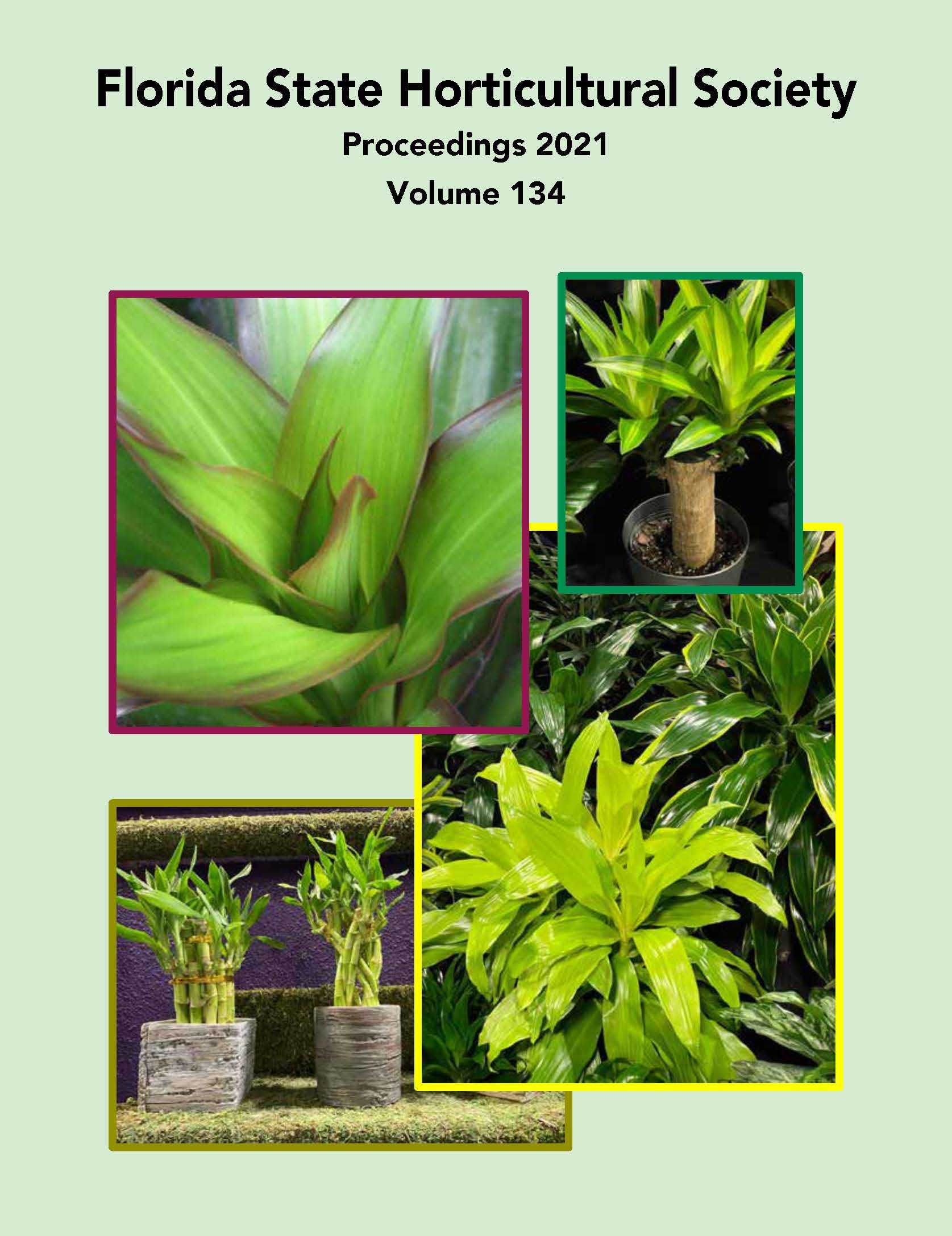Resumen
Pumpkin (Cucurbita pepo) seeds are nutritious and valued as a source of protein (35% w/w), vegetable oil (50%), and healthy unsaturated fatty acids (80%). Hull-less pumpkin seeds are preferred by the processing and snacking industry because they do not require de-hulling prior to use. Other important traits for hull-less pumpkin include seed yield, seed size, and most recently, flesh quality for dual-purpose use. A single recessive gene, designated n, controls the hull-less seed trait in pumpkin. Phenotypic selection for the hull-less seed trait in segregating populations is resource intensive because a large number of individuals must be evaluated at fruit-maturity to increase the likelihood of identifying those homozygous at the n loci. Marker-assisted selection could facilitate detection of the hull-less seed trait in pumpkin, but simple high throughput marker-assays are not currently available. In the current study, QTL-seq bulk segregant analysis was applied to a segregating F2 population derived from a cross between ‘Kakai’ (hull-less) × ‘Table Gold Acorn’ (hulled). A single QTL peak (QTLh_C12) significantly (P < 0.05) associated with the hull-less seed trait in pumpkin was detected on chromosome 12. Twenty single nucleotide polymorphism (SNP) markers within the QTL’s confidence interval were converted into KASP assays and tested for association with the hull-less seed trait. One SNP marker (Chr12-3) was significantly associated with the trait, and successfully differentiated the hull-less from the hulled individuals in the F2 population. This marker will facilitate marker-assisted selection for the hull-less seed trait in pumpkin.

